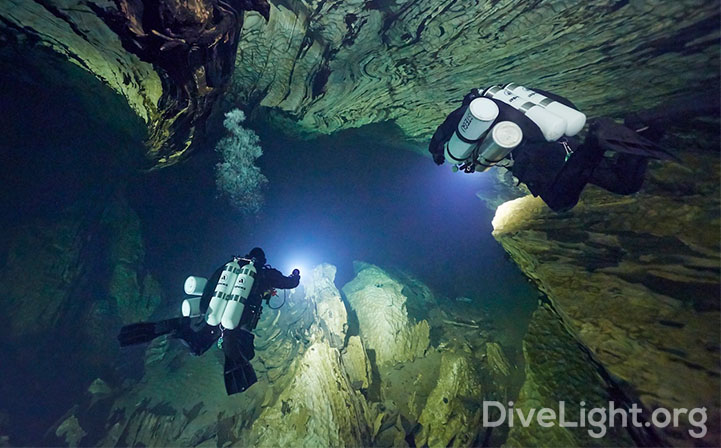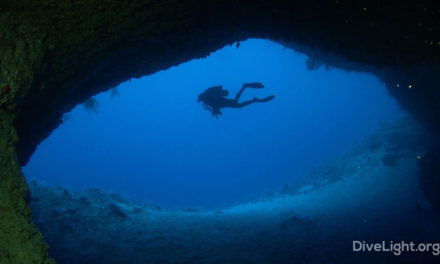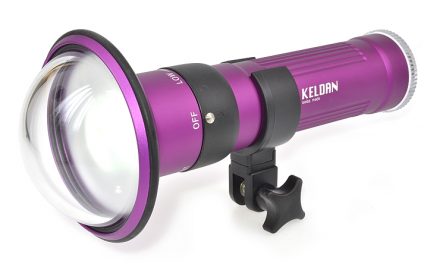Diving is always a good activity to get into, whether as a hobby or a career. But this activity requires one to hone his/her diving skills while making use of specific equipment that allows for an easy and enjoyable time. One of the most essential of these requirements, to a diver, is a dive light.
Make no mistake, a dive light is essential for both daytime and nighttime diving, and comes in two variants: there’s the primary dive light and the secondary dive light. Simply put, the primary dive light is the main light source you depend on while diving, while the secondary light is ideal as a backup. A hands-free primary dive light is a dive light that mounts to your wrist or helmet, eliminating the need to hold the light by hand. It’s ideal for all types of divers, but especially cave divers and commercial divers.
Primary dive lights are larger and ordinarily more powerful than the secondary variety. They come with a large battery pack to allow for powerful illumination for an exceedingly long duration of time underwater. The batteries can be rechargeable or non-rechargable, and some can be linked to an external battery pack for added longevity.
These characteristics make a primary dive light ideal for deep underwater excursions, regardless of whether it’s daytime or nighttime. However, power is the deciding factor for many divers; the more powerful the dive light is, the better. Nonetheless, it should be able to focus that powerful light beam toward the center of the light, creating a more focused, narrow beam.
A perfect example of a hands-free dive light is the Aqualite-S 20, which satisfies all of these requirements, including featuring a wrist-mount. If you decide to go for another brand, consider the hands-free options, brightness, and beam angle of your choices before bringing a new dive light home.






